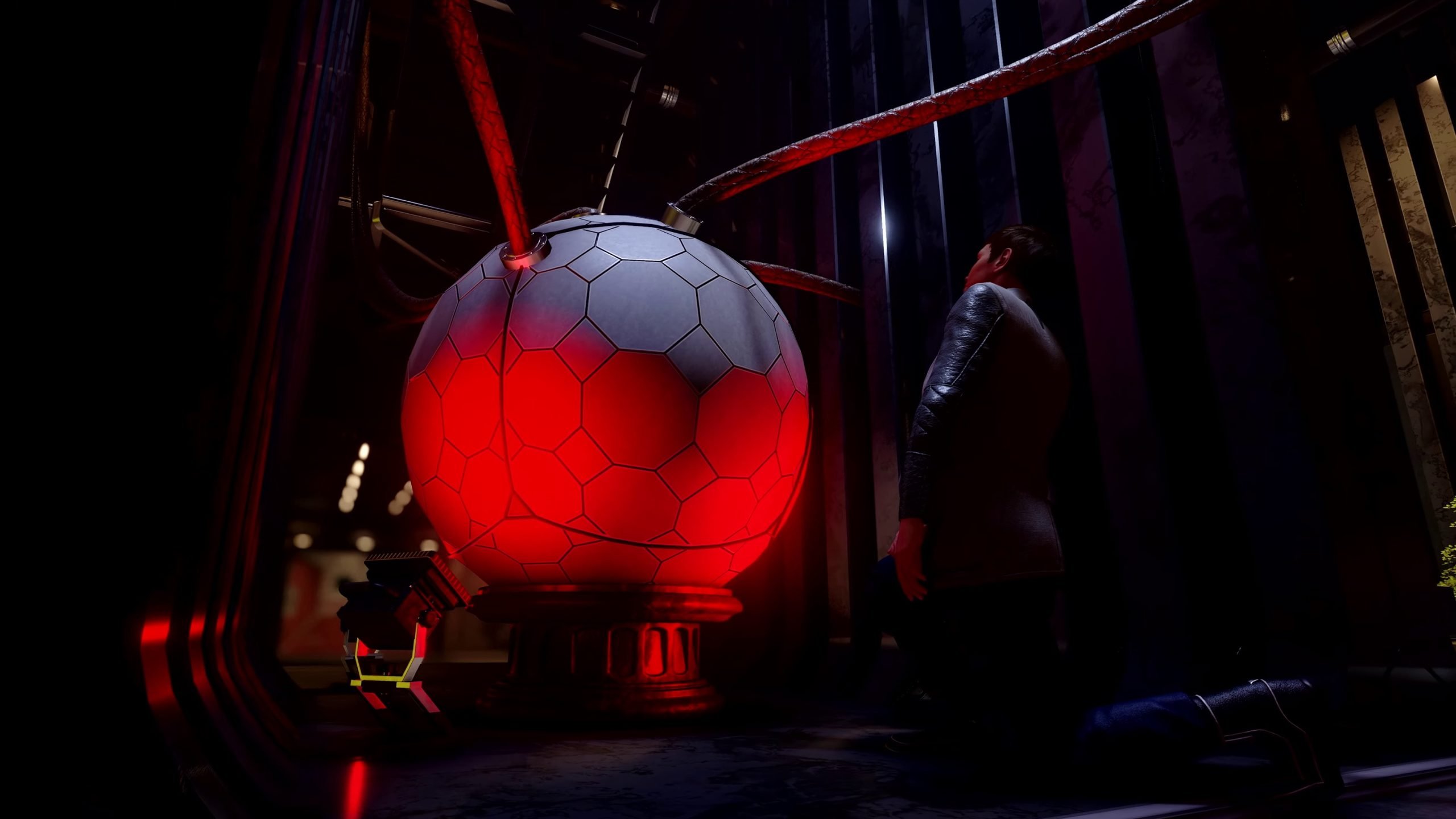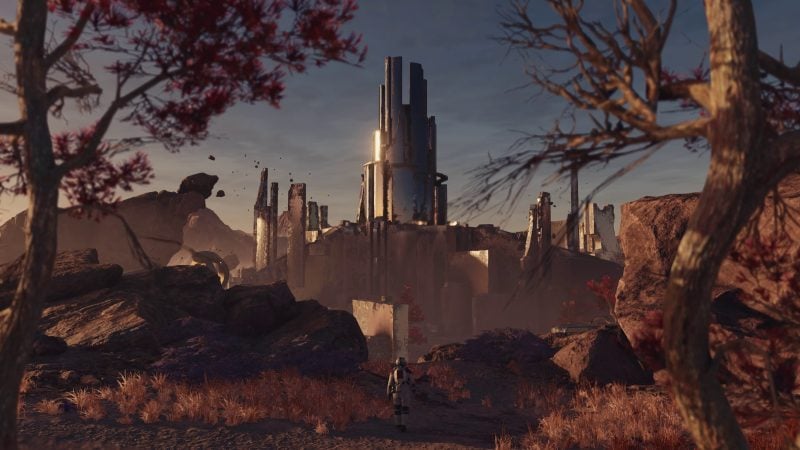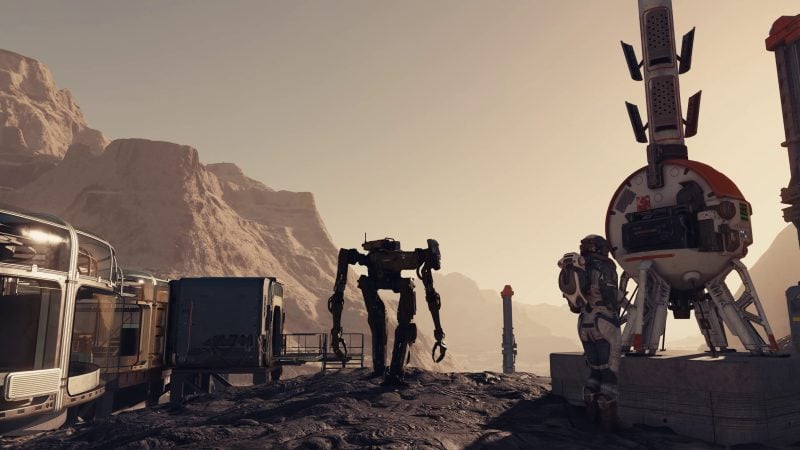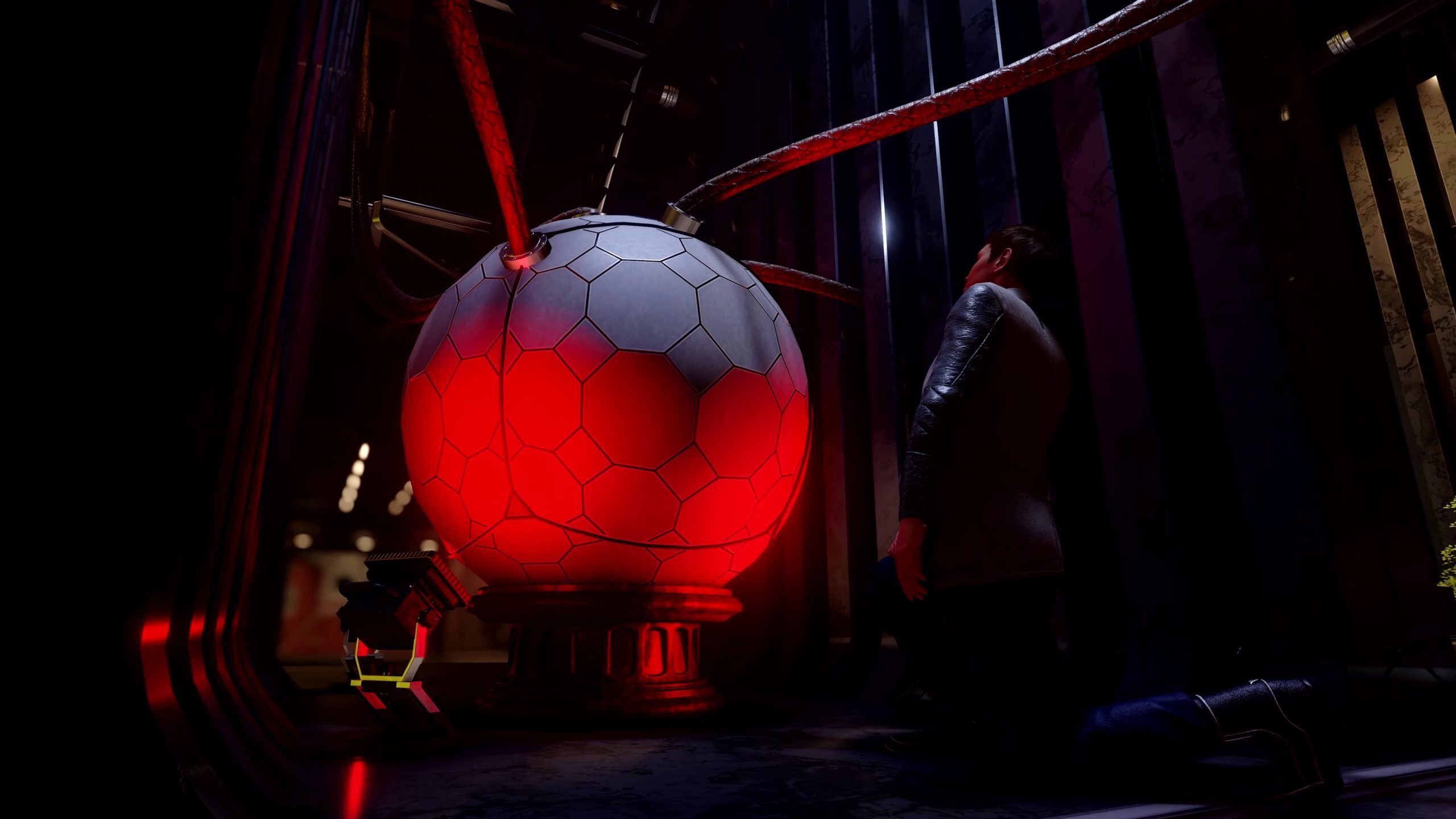
Starfield isn’t as poorly optimized as its contemporaries but that’s not saying much.
Starfield, a space opera developed by Bethesda Game Studios, has already garnered a lot of attention, broken records, sparked a lot of conversation, and received criticism for both its sluggish beginning and its optimization, particularly on the PC platform.
During an interview with Bloomberg Technology, Todd Howard, Bethesda’s Game Director on Starfield, was lately the subject of scrutiny.
Howard tackled a question that many members of the Starfield community were anxious to have answered: why is the PC version of Starfield not properly optimized? Howard answered this question alongside Xbox CEO Phil Spencer. This is not your typical enquiry. It was the result of user complaints indicating that their PCs weren’t running the game smoothly. The problems included crashes, stuttering in the visuals, audio glitches, and other glitches with performance.
But rather than following the usual pattern where engineers advise consumers to update drivers or double-check system setups, Howard’s remark caught them off guard. It was us. Without apology, he stated, “It’s operating flawlessly. This PC game is next-generation. We truly pushed the boundaries of technology, thus this game could require an upgrade on your PC. However, there is a lot of fantastic stuff in there, and the fans are reacting really well.”
Yes, it did indeed just occur. Players of Starfield on the PC were recently advised by the creator of one of the most renowned game studios to “get gud” with their money and spend more on a better setup.
The affected found Howard’s conceit offensive, despite the fact that he was fearlessly upfront and, yes, hilarious. Howard’s blunt dismissal conceals the grievances that players have expressed on Reddit, Steam, X, and other forums. It’s no secret that developers spend more time optimizing games for consoles, so systems with specs comparable to the Steam Deck and possibly even the Xbox Series S/X aren’t expected to perform as well as their console counterparts. However, there’s no reason to believe that setups that meet the Recommended PC Requirements for Starfield are having trouble maintaining 60 frames per second in 1080p at low settings.

Worse, Bethesda still hasn’t provided a clear explanation for why Starfield lacks FOV slider and DLSS 3.5, two capabilities that are deemed essential for, in Howard’s words, “a next-gen PC game.”
Still, it’s indisputable that Starfield has been playing well in its early going. On the day of its launch, the game had over a million concurrent users. This achievement demonstrates the game’s popularity, which is further supported by the fact that it is available on the Xbox Game Pass, which Spencer claims has already seen “huge success” on both the PC and Xbox platforms.
Starfield’s optimization is, at the absolute least, “better” than those of its rivals, such as Star Wars Jedi: Survivor, which was just recently “fixed” after a disastrous launch, despite the objections.

However, PC players find it difficult to ignore a few glaring design errors in the game. Basic features such as FOV settings require workarounds, which are reminiscent of problems encountered in previous Bethesda titles such as The Elder Scrolls IV: Oblivion—a parallel Phil Spencer most likely did not intend to make. There is still disagreement over other technical matters such as post-processing settings, brightness options, and resolution modifications. The PC version of the game was obviously in need of more care and attention, as the UI was locked at 30 frames per second, which caused stutters, particularly inside the spacecraft. Lastly, poor mouse controls and different healing systems for situations that take place in the ship and on foot are other problems that are unique to Starfield desktop players.
Still, Starfield’s environment is still quite large, and the bugs are an inherent part of the gameplay, whether you like it or not. As seen by Howard’s remarks regarding character builds, ship shields, and defense tactics, it looks to offer a ton of gaming options. He exhorts users to personalize the game, saying it delivers nearly five or six experiences in one. However, as players explore its vast universe, it becomes evident that discussions about system requirements, optimization, and Bethesda’s plans for next-generation gaming will follow them.
Starfield highlights Bethesda’s desire to push technological limits, but it also highlights the difficulties in satisfying a wide range of player expectations.

It remains to be seen if Bethesda will release updates in response to these criticisms or if gamers will adjust to the universe as it is now portrayed.
To make up for it, Bethesda’s job is already being done by modders.
